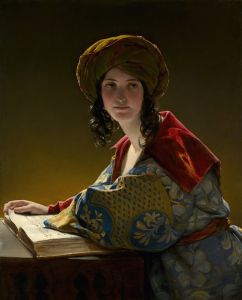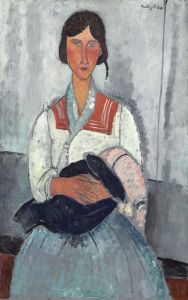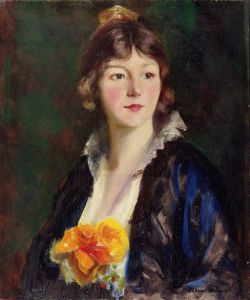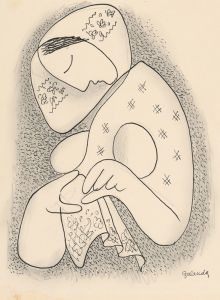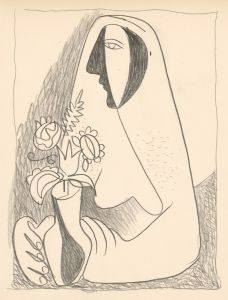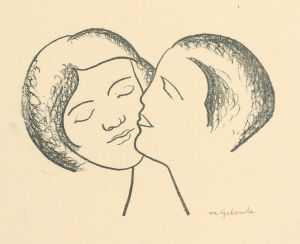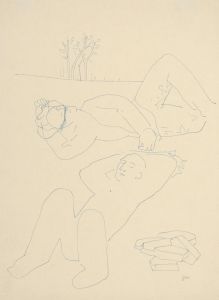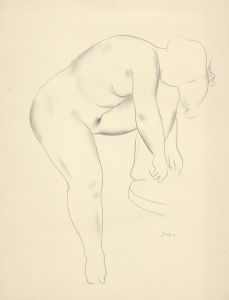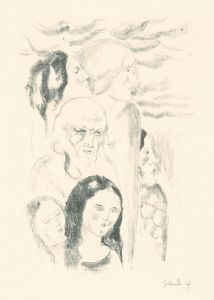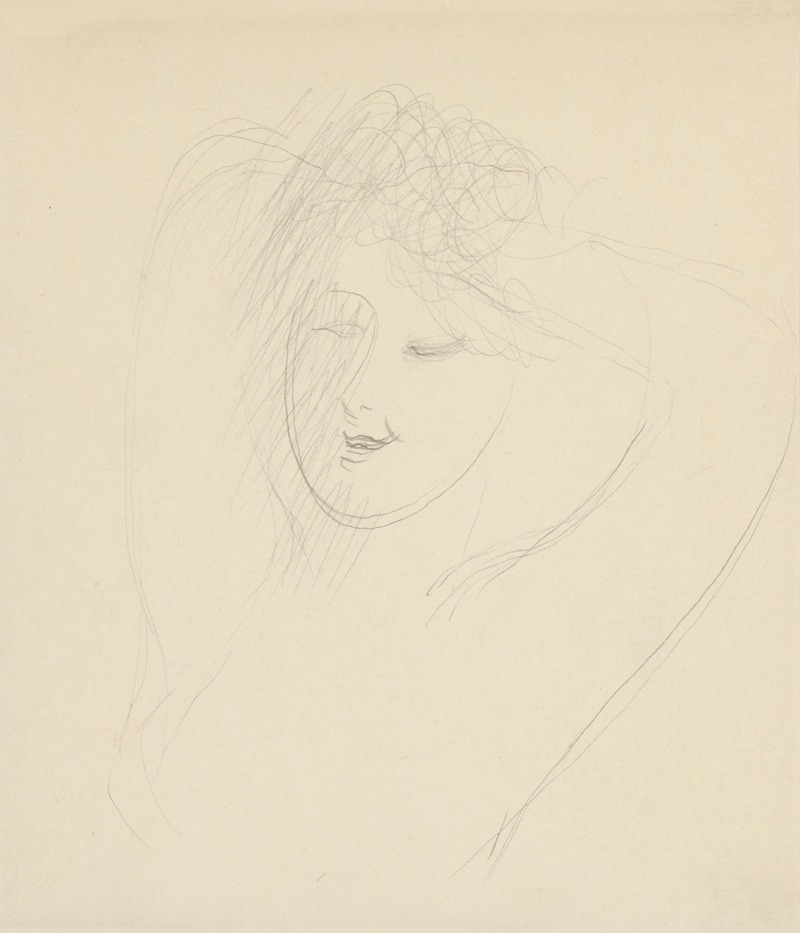
Česúca sa
A hand-painted replica of Mikuláš Galanda’s masterpiece Česúca sa, meticulously crafted by professional artists to capture the true essence of the original. Each piece is created with museum-quality canvas and rare mineral pigments, carefully painted by experienced artists with delicate brushstrokes and rich, layered colors to perfectly recreate the texture of the original artwork. Unlike machine-printed reproductions, this hand-painted version brings the painting to life, infused with the artist’s emotions and skill in every stroke. Whether for personal collection or home decoration, it instantly elevates the artistic atmosphere of any space.
Mikuláš Galanda was a prominent Slovak painter and illustrator, known for his significant contributions to modern Slovak art in the early 20th century. Born on May 4, 1895, in Turčianske Teplice, Slovakia, Galanda became a leading figure in the development of Slovak modernism. His works are characterized by their innovative use of color, form, and composition, often reflecting the influences of European avant-garde movements such as Cubism and Expressionism.
One of Galanda's notable works is "Česúca sa," which translates to "Combing" in English. This painting exemplifies Galanda's unique style and his ability to blend traditional themes with modernist techniques. While specific details about the creation date and the exact circumstances surrounding "Česúca sa" are not extensively documented, the painting is recognized for its artistic significance and its reflection of Galanda's mature style.
"Česúca sa" depicts a woman engaged in the simple, everyday act of combing her hair. This subject matter is typical of Galanda's interest in capturing intimate and personal moments, often focusing on the human figure and domestic scenes. The painting is notable for its use of bold colors and simplified forms, which are hallmarks of Galanda's approach to modernism. His technique often involved flattening the pictorial space and reducing figures to their essential shapes, which can be seen in the stylized representation of the woman in "Česúca sa."
Galanda's work, including "Česúca sa," played a crucial role in the development of Slovak art during a period of significant cultural and political change. As Slovakia was part of Czechoslovakia during Galanda's lifetime, his art contributed to the broader Czechoslovak modernist movement, which sought to establish a distinct national identity through innovative artistic expressions. Galanda, along with his contemporaries, was instrumental in bringing modernist ideas to Slovak art, challenging traditional academic styles and embracing new artistic languages.
Throughout his career, Galanda was involved in various artistic groups and movements. He was a member of the "Generation 1909," a group of Slovak artists who were pivotal in introducing modernist ideas to Slovakia. This group was characterized by its members' commitment to exploring new artistic directions and their desire to break away from the conservative art scene of the time.
Mikuláš Galanda's influence extends beyond his paintings. He was also an accomplished illustrator, contributing to numerous publications and helping to shape the visual culture of his era. His work in graphic design and illustration further demonstrates his versatility and his commitment to modernist principles across different media.
"Česúca sa" remains an important piece within Galanda's oeuvre, reflecting his artistic vision and his contribution to Slovak modernism. While specific details about the painting's provenance and exhibition history may not be widely available, its significance lies in its representation of Galanda's style and its place within the broader context of early 20th-century Slovak art. Mikuláš Galanda passed away on June 5, 1938, but his legacy continues to influence Slovak artists and the appreciation of modernist art in Slovakia.





